Book Review: Road to Character
Monday, September 28th, 2015 Brooks, David. The road to character. Random House, 2015.
Brooks, David. The road to character. Random House, 2015.
It has been 15 years since Jim Collins wrote Good to Great, possibly the most influential business book of all time. The book reported on Collins’ own research about how to turn a good company into one that produced great results over a sustained period of time. One of his key findings was that the personal character of company leadership mattered. Great companies had leaders who were humble but acted with iron will. Celebrity CEO’s were rarely linked with great companies.
Journalist and bestselling author David Brooks agrees that character matters. In his new book, The Road to Character, Brooks observes that there has been a shift in American culture from one that encouraged people to think humbly to one of relentless self-promotion. Modern society admires those who compete, achieve and brand themselves, but overlooks those whose quieter lives serve a larger moral purpose.
As a columnist and TV news pundit, Brooks is especially susceptible to celebrity culture. Successful at developing professional skills, he senses his own shallowness and need for admiration, his lack of integrity. His way of developing a strong inner character is not to follow someone’s 7-point program, but to observe the lives of remarkable people and to understand their wisdom.
In his new book, Brooks illustrates the lives of 8 well-known people who have been down the difficult “road to character” and shows how character building works in the real world. Flawed but humbly aware of their faults, these remarkable people struggle with their internal weaknesses until they overcome them. In the end they build a solid moral core. Brooks explains that personal growth occurs when people meet those they admire and make difficult changes to emulate their lives.
Character can be developed at any point in life, but it is a lengthy process. This noteworthy book is recommended for anyone who wants to live a good moral life.
This book is also available as an audiobook on OverDrive, an eBook on OverDrive, and on the Business Bestsellers Kindles in the Ford Library.
© Meg Trauner & Ford Library – Fuqua School of Business.
All rights reserved.
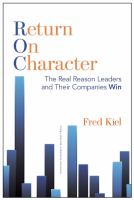 In June, Fuqua faculty published their
In June, Fuqua faculty published their 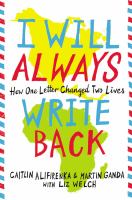 Alifirenka, Caitlin and Martin Ganda.
Alifirenka, Caitlin and Martin Ganda. 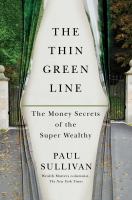 Sullivan, Paul.
Sullivan, Paul. 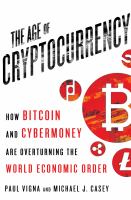 Vigna, Paul and Michael J. Casey.
Vigna, Paul and Michael J. Casey.  Sehgal, Kabir.
Sehgal, Kabir.  Spier, Guy.
Spier, Guy. 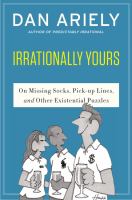 Ariely, Dan.
Ariely, Dan.  Heti, Sheila, Heidi Julavits & 639 others.
Heti, Sheila, Heidi Julavits & 639 others.  Kuhn, Reed.
Kuhn, Reed. 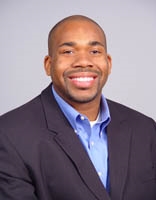
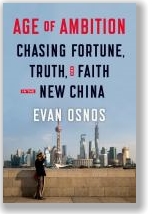 Osnos, Evan.
Osnos, Evan. 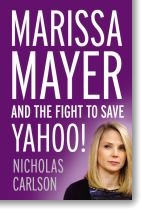 Carlson, Nicholas.
Carlson, Nicholas. 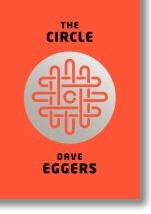 Eggers, Dave.
Eggers, Dave.